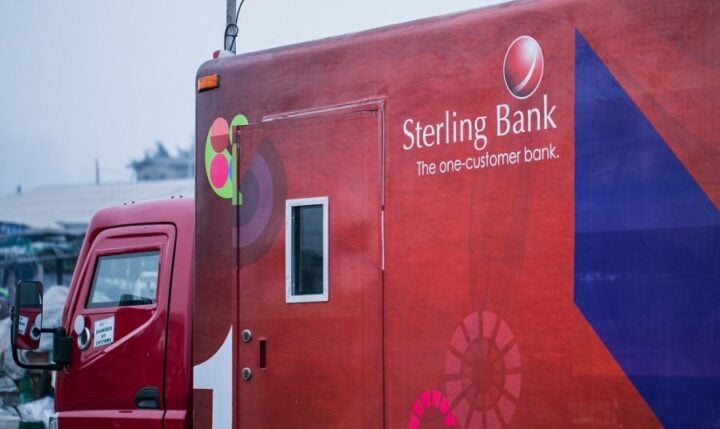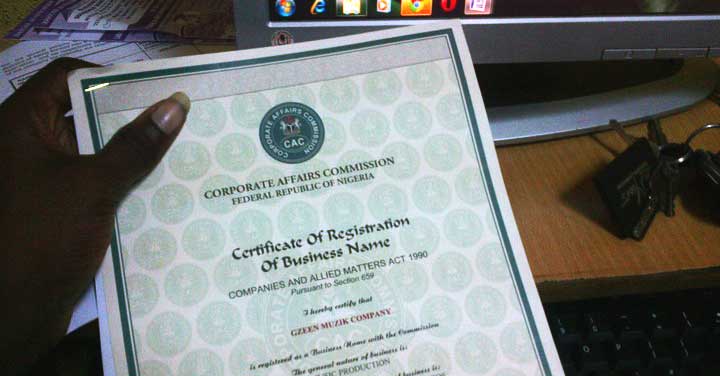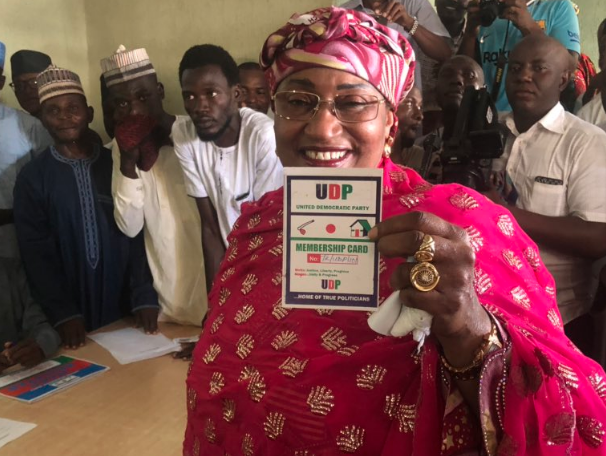Sterling Bank is feeling the pain of rising interest expenses that consumed more than all the increase in interest income at the end of half year operations in June 2018.
Management is however maintaining the course of rebuilding profit for the second year from a 50% drop it experienced in 2016.
A sharp drop on credit loss expenses and a strong growth in non-interest income provided the strengths that more than countered the impact of rising cost of funds and sustained the recovery course.
The bank’s group operations at the end of June resulted in an after tax profit of N6.21 billion, representing an outstanding growth of 63.4% year-on-year.
Advertisement
This shows a stable growth across the first two quarters of the year with a full year profit projection in excess of N12 billion – a likely growth of over 41%. That will be a new profit peak for the bank ahead of the N10.29 billion high it posted in 2015.
Underlying the profit performance are improving revenue and a sharp drop in loan impairment charges. The bank closed the second quarter operations with gross earnings of N77.64 billion, an increase of 36% year-on-year.
Non-interest income remains the driving force of the growth in revenue with a shift from a net trading loss of N2.26 billion in the same period last year to a net trading income of more than N5 billion at half year. An increase of over 25% in interest income to N62.59 billion is equally significant compared to the improvement of 11% in the 2017 full year.
Advertisement
The bank closed last year’s trading with gross earnings of over N133 billion. Revenue growth is expected to step up to 17% this year to close in the region of N156 billion.
Improving revenue is reinforced by declining loan loss expenses, which dropped by 55% year-on-year to N1.84 billion at the end of June. The bank saved a lot of cost from loan loss expenses, which claimed a reduced share of both interest income and gross earnings compared to the same period last year.
Rising interest cost remains a problem for the bank, as it grew by 61% – close to two and half times as fast as the 25% growth in interest income. Interest expenses consumed more than all the increase in interest income, causing a decline of 5.4% in net interest income at the end of the review period.
The strong growth in non-interest countered the decline in net interest income and raised operating profit by 19% to N40.59 billion over the review period. Non-interest income more than doubled at 113% to N15.05 billion over the period.
Advertisement
Rising administrative cost isn’t letting the bank save cost from total operating expenses as happened last year. Total operating cost grew by 26% to N32.39 billion at the end of half year operations – a slowdown from the first quarter record of 30.5% and yet one of the highest expense growth records since 2013.
Net operating income after credit loss expenses rose by 29% to N38.75 billion, showing the positive impact of the drop in loan loss expenses on the income statement of the bank. It accounted for the strong growth in after-tax profit recorded at the end of half-year operations.
Net profit margin has improved further from 7.8% in the first quarter to 8.3% at the end of the second quarter and from 6.6% in the same period last year. The bank’s operations last year ended with a profit margin of 6.4%.
Earnings per share amounted to 22 kobo at the end of half-year operations for Sterling Bank, up from 13 kobo per share in the same period last year. It earned 30 kobo per share at the end of last year and paid a cash dividend of 2 kobo per share.
Advertisement
Add a comment







